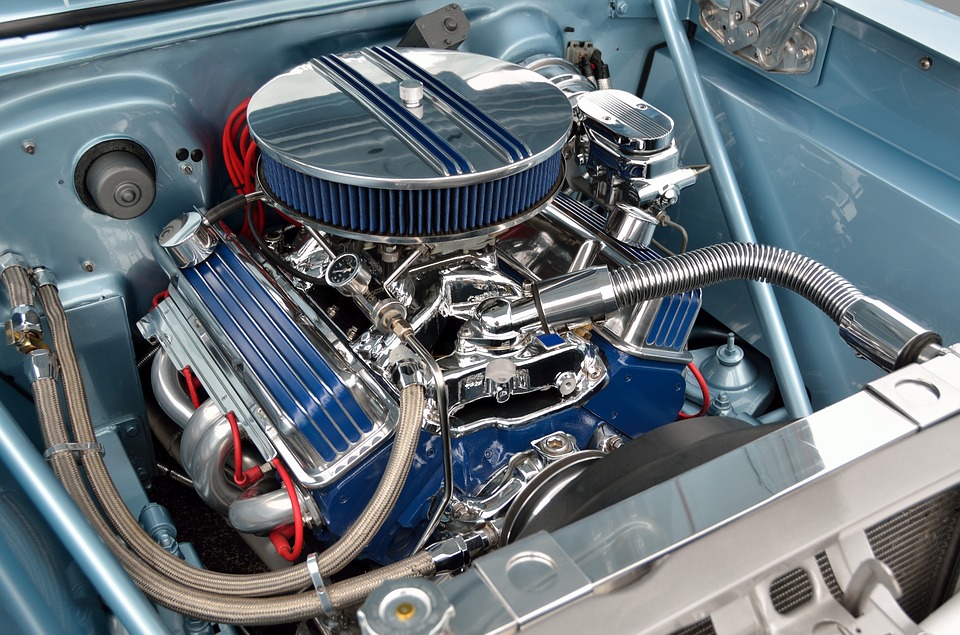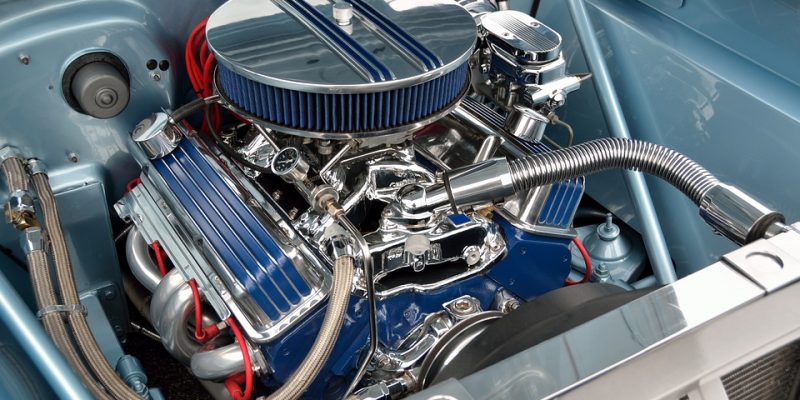
Soot is a by-product of combustion and is present in all used engine oils. Soot is generated as a result of incomplete fuel combustion in engines. When the air and fuel mixture that powers the engine fails to burn completely there is leftover matter – partially burned fuel which is generally known as soot. It is a common misconception that soot does not occur in petrol engines, but it does. Soot is, nevertheless, not such a big problem in petrol engines because they combust fuel more effectively than diesel burners. There are several reasons why soot is a serious problem in diesel engines.
To start off diesel fuel is ‘heavier’ than petrol and does not burn as readily as petrol. Secondly, the fuel/air mixture in a petrol engine is ignited by an electric discharge at the spark plug. In a diesel engine the fuel and air ignite spontaneously (auto-ignition) as a result of the high pressure and temperature in the combustion chamber. Furthermore, diesel is only injected into the compressed air in the combustion chamber towards the end of the compression stroke, resulting in poor mixing of the diesel and air. This creates fuel-dense, oxygen lacking ‘pockets’ that produce soot when ignited. Some of this soot comes into contact with the oil film on the cylinder liners. As the piston moves down, soot that is trapped in the oil film is scraped down into the oil sump by the oil control piston ring.
Soot can also reach the oil in the sump via blow-by, i.e. the leaking of partially burnt fuel and combustion gases past the piston rings into the crankcase. This occurs more frequently in engines with worn piston rings. Other factors that can lead to abnormal soot loading of the oil are:
- Frequent stop/start operations.
- Extended periods of idling.
- Incorrect injector spray patterns.
- Rich fuel/air mixtures.
- Blocked air filters.
Individual soot particles are minute and impose little danger to the oil and engine. The soot particles, however, have the tendency to agglomerate (clump together) and form larger clusters. These large clumps of soot can cause damage to the engine, but the dispersant additives in engine oil prevent them from agglomerating and keep them finely suspended in the oil.
When the soot concentration in engine oil reaches a level that can no longer be dissolved by the dispersant additive, the soot particles clump together to form sludge.
The sludge attaches itself to engine surfaces, impedes oil flow through the oil filter as well as the engine and increases oil viscosity with the following devastating results:
- Agglomerated soot negatively impacts the performance of anti-wear lubricant additives and leads to accelerated engine wear.
- Build-up of soot and sludge in the grooves behind piston rings causes rapid wear of the rings and cylinder walls.
- High viscosity results in cold-start problems and risk of oil starvation. This often results in premature engine failure.
Blue Chip Lubricants and Q8 heavy duty diesel engine oils are formulated with the latest generation dispersant additives to keep increased concentrations of soot in suspension for extended periods of time. The formation of soot in modern diesel engines is an ever increasing reality but the advanced additive technology in our engine oils minimises soot induced wear, controls sludge build-up and resists oil thickening associated with high soot levels.
If you have any questions concerning lubrication, our experts are at your disposal and ready to provide you with advice and guidance. Simply mail us at info@bcl.co.za and put us to the test. You can trust us to take care of your lubrication requirements which will allow you to concentrate on your core responsibilities – managing your assets.

